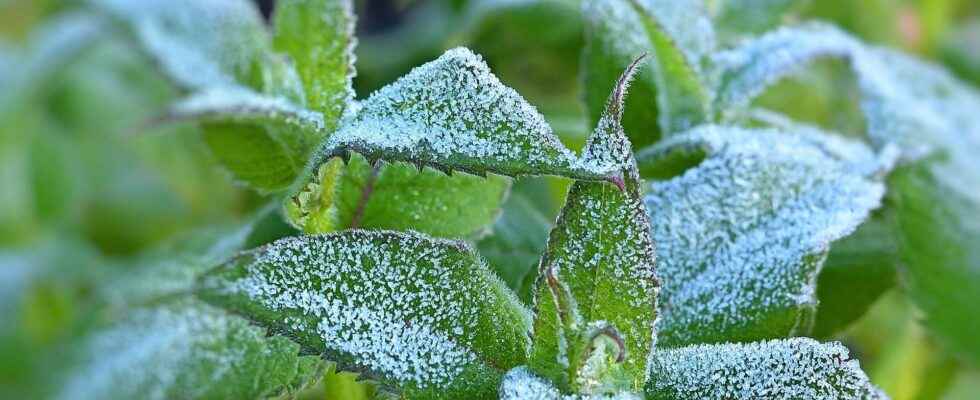On your balcony or patio, enemies will always risk attacking your plants if you are not careful, such as cold and frost in winter. Fortunately, solutions exist to avoid such a situation.
You will also be interested
[EN VIDÉO] Kézako: photosynthesis, or how plants produce oxygen Humans and animals would find it difficult to survive without the oxygen generated by plants. This gas is the result of a chemical reaction called photosynthesis, which takes place in the heart of these plants. Unisciel and the University of Lille 1 explain to us, during this episode of Kézako, how this reaction takes place.
In pottery and planters, plants have little soil and their roots will necessarily always be of limited length, hence an increased risk of suffering from gel.
True or false: is it better to always bring in your fragile plants from December to early March?
False ! You will be able to leave them in full air throughout the year, but then taking a number of precautions. No need for sophisticated techniques, small means will always do the trick to protect your plants from the cold! Thus, a mound of 10 to 15 cm of earth, amassed at the foot of your fragile subjects may be sufficient. To guarantee a better result in this operation, add to the soil a mixture of peat, straw and dead leaves and fix everything with a net of Nylon, to ensure protection against wind. Also straw your planters with a thick layer of at least 3 to 5 cm of straw, pine bark, etc. The ferns, very light plants that allow air to circulate and do not retain moisture, will properly insulate your plants from mulch. Prick stems all around your fragile subjects. You can add branches from the size of your conifers (juniperus, thuja, etc.).
True or false: should your terracotta pottery remain unprotected against frost?
False ! The alternations frost and thaw could cause them to burst. If you cannot get them inside the shelter of a room, protect them on the spot. If you have a rectangular bin, double its walls with insulating plates made of polystyrene, five centimeters thick. Hold this protection system in place with strings. But you won’t be able to act that way with round pottery. Rather, surround them with a cylinder of wire mesh, twice the diameter of your container and a height of a quarter greater. You will then just have to put inside the crown thus constituted an insulating mulch (straw, dead leaves, etc.). Finally, always take care that your water reservoirs do not freeze. To do this, pierce their bottom in three or four places, so as to let the excess water drain, even if it means filling them with mastic, as soon as the sunny days return.
True or false: should orangery shrubs be protected against frost?
True ! Such plants, which you grow in pots or containers, such as for example the oleander, will find it difficult to resist freezing. Bring them in without delay in a room called an “orangery”. If the outside temperature does not drop below 0 ° C, you will be able to open the door, but by closing it again from 3 p.m. You will heat this room very carefully, a temperature of a few degrees too high, for a few days, is enough for the vegetation of your subjects to develop prematurely.
Interested in what you just read?
.
fs10
